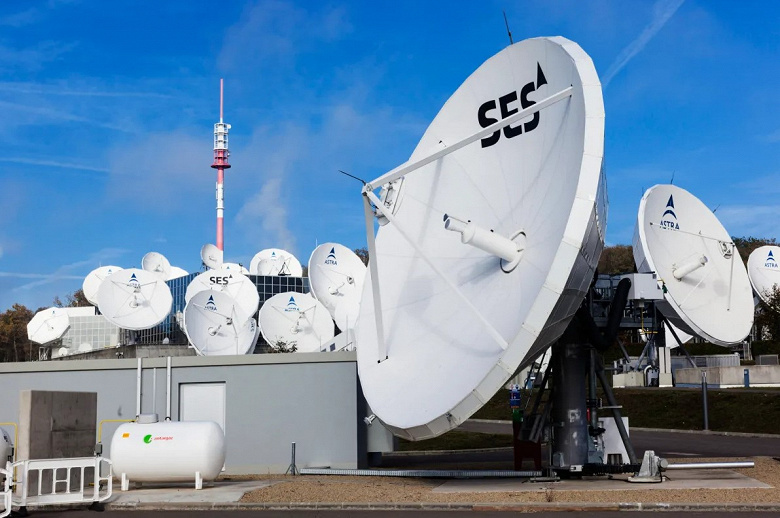Merger expands the orbital capabilities and reach of the combined company
SES, a Luxembourg satellite operator, announced the acquisition of longtime rival Intelsat for $3.1 billion. The deal, subject to regulatory approval, will combine the two largest commercial geostationary communications satellite operators.
In a rapidly changing industry under increasing pressure from the growth of low-Earth orbit (LEO) satellite constellations such as SpaceX's Starlink, the merger will expand the orbital capabilities of the combined company. Full-year revenue will be approximately $4.1 billion, with adjusted earnings before interest, taxes, depreciation and amortization (EBITDA) expected to be $1.9 billion in 2023.
«This transaction expands our space network, spectrum, worldwide ground infrastructure, go-to-market capabilities, managed services solutions and financial profile&rdash; said Adel Al-Saleh, chief executive of SES.
David Weisgras, head of Intelsat, noted that over the past two years his team has carried out a «remarkable strategic reset» after emerging from bankruptcy. «By combining our financial strength and world-class team with the SES team, we are creating a more competitive, growth-oriented solutions provider in an industry undergoing disruptive change».
The deal is designed to optimize future investments and orbital constellations of the combined company. According to Al-Saleh, “we won’t have to spend as much money as we did separately.” The total order book includes 13 new satellites, including 4 GEO from Intelsat, 2 GEO from SES and 7 O3b mPOWER satellites of the SES medium-orbit constellation.
The merger is part of a wave of consolidation in the satellite communications industry, including the recent Viasat-Inmarsat and Eutelsat-OneWeb deals. The companies had been negotiating a potential merger since 2022, but in March 2023, Intelsat abandoned discussions due to disagreements. However, three months later the parties were able to reach an agreement.
The combined company will retain SES's headquarters in Luxembourg, but will also have a «significant presence» in Washington, where Intelsat is based. The transaction is expected to close no earlier than the second half of 2025, subject to receipt of the necessary regulatory approvals.
Adel Al-Saleh, who became head of SES in February this year, said that negotiations about the deal with Intelsat began even before his appointment. SES was considering several options for mergers and acquisitions, as well as the possibility of payments to shareholders from the sale of C-band frequencies.
Al-Saleh said now is a better time to make a deal than last year, given Intelsat's recovery from bankruptcy. «Both companies have undergone significant evolution in a very short period of time», – he explained. Al-Saleh and David Weisgrass from Intelsat «saw real value in this and worked very hard together» over the structure of the deal in the format of the acquisition of Intelsat by SES, which turned out to be simpler than a full merger.
«The most important thing was the desire of both companies to create something unique. We have the opportunity to provide valuable services to our existing clients and the market&rdash; concluded Al-Saleh.
The SES CEO also expressed confidence that the deal would not raise significant antitrust concerns, including in the United States, where both companies provide services to the military.
The combination of SES and Intelsat is intended to strengthen their competitive position in the rapidly changing satellite communications industry, where traditional geostationary operators are increasingly under pressure from new non-geostationary constellations like Starlink. The merger will expand the orbital assets, spectrum resources and geographic coverage of the combined company.

